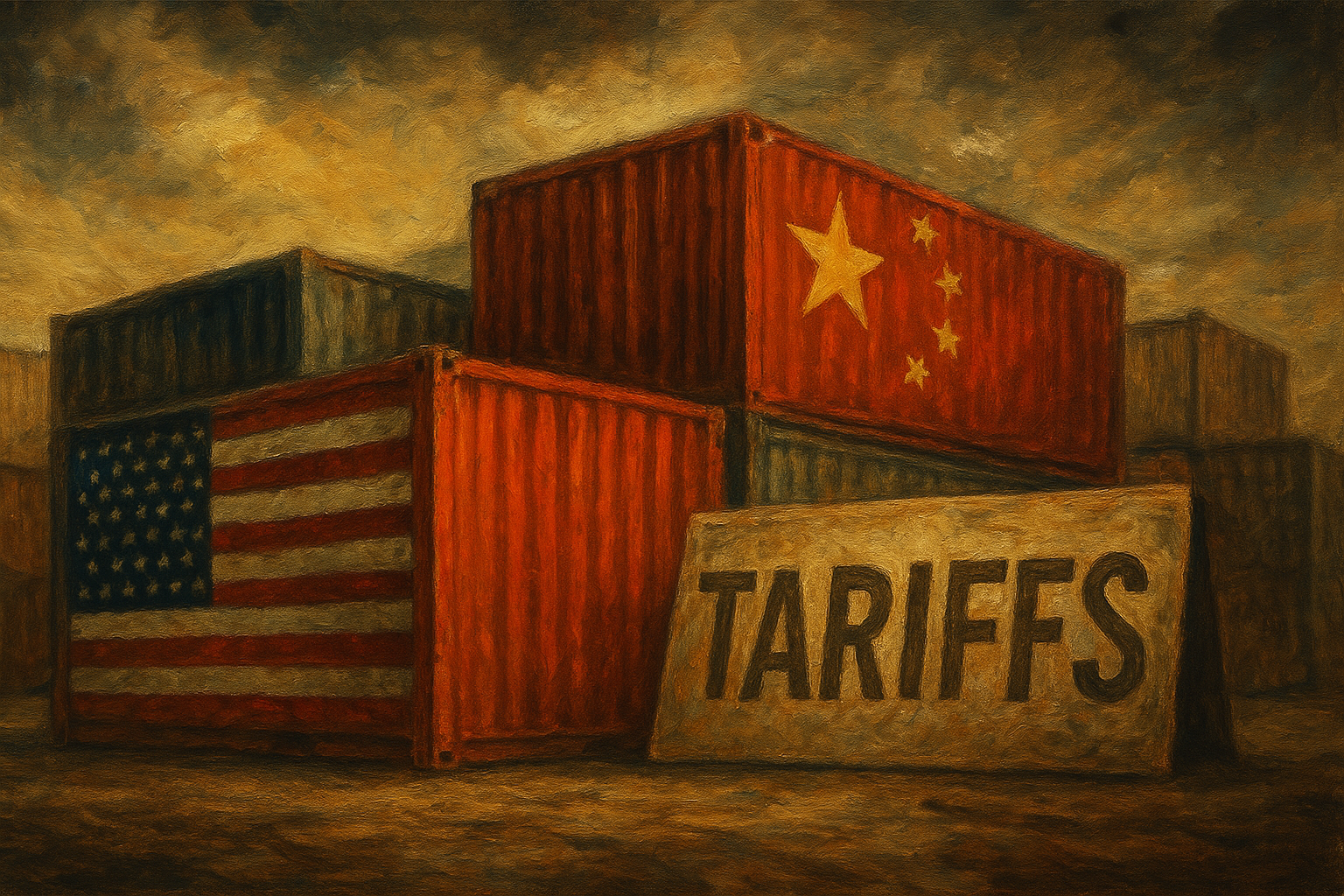This report is produced by Age of Transformation, an independent macro foresight and systems intelligence platform tracking the deep drivers of global disruption and civilisational change. Grounded in the Planetary Phase Shift framework, this analysis offers institutional investors, asset allocators, and policy strategists a 5-10 year horizon scan of risks emerging from the structural plateau of U.S. shale oil.
Integrating empirical energy market data with macroeconomic and geopolitical foresight, the report maps how a seemingly technical production plateau signals deeper systemic volatility - across inflation, currency dynamics, capital markets, and global power structures.
This is not a conventional energy report. It is a lens into the future of the global economic order - and the end of the assumptions that once held it together.
Executive Summary
U.S. shale oil production has entered a structural plateau. In 2025, the U.S. Energy Information Administration (EIA) projects crude output to peak at 13.4 million barrels per day, with a mild decline expected into 2026. Behind these numbers lies a deeper reality: the U.S. shale sector - the global oil market’s most important swing supplier - is running out of geological, financial, and technological runway.
This report, grounded in the Planetary Phase Shift framework, argues that the shale plateau is not a temporary bottleneck. It is the energetic edge of a systemic transformation. As Tier-1 acreage depletes, well productivity declines, capital retreats, and regulatory burdens rise, the industry’s ability to sustain past growth models is vanishing.
The implications over the 2025–2035 horizon are wide-ranging and profound:
- Investor risk is repricing. Equity markets are rotating from growth to fragile yield. High-yield debt is exposed to reserve degradation. M&A is driven by Tier-1 scarcity premiums. Transition capital is misallocating amid oversimplified ESG signals.
- Macroeconomic stability is fraying. Inflation is more sensitive to oil prices. The U.S. trade balance is weakening as exports plateau. Regional fiscal systems are vulnerable. The dollar is losing its energy-linked reserve anchor.
- Geopolitical leverage is weakening. OPEC+ has resumed swing producer status. U.S. sanctions are losing credibility. Reserve currency diversification is accelerating. Energy-importing nations face rising socio-political instability.
- Transition scenarios are uncertain. While energy transition investment is rising, it may overshoot in financial terms while underdelivering in energy service. A mismatch between fossil contraction and clean expansion risks systemic volatility.
We present four foresight scenarios - from managed plateau to accelerated decline - and offer strategic recommendations for investors, policymakers, and transition institutions. The throughline: a global reordering is underway, driven not just by policy or climate pressure, but by the thermodynamic and systemic limits of the fossil paradigm itself.






